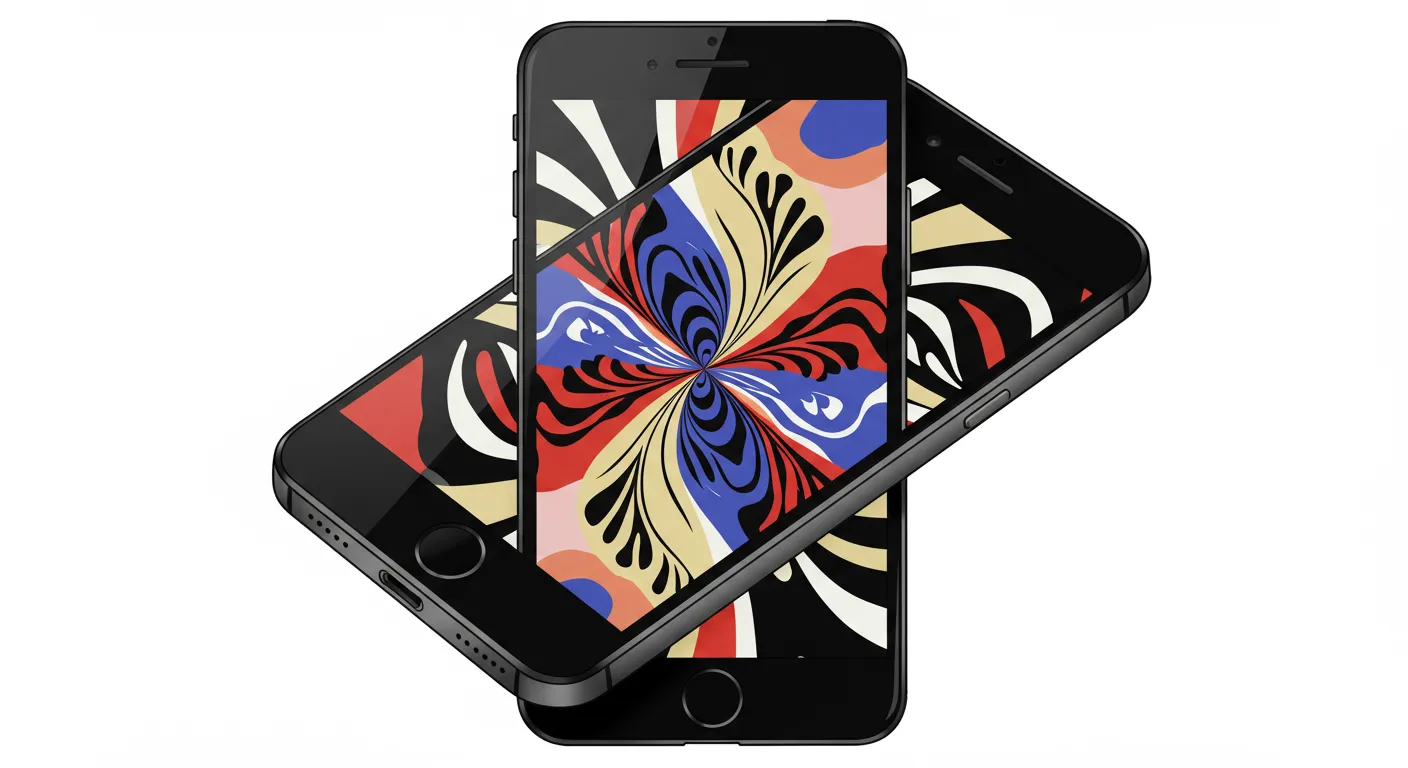In the ever-evolving landscape of mobile computing, Google is taking another swing at transforming smartphones into full-fledged desktop computers. The company's latest Android desktop mode hints at a future where your pocket device could seamlessly become your primary computing platform.
Online commentators are buzzing about the potential of this feature, drawing parallels to previous attempts like Samsung's DeX and Microsoft's Windows Continuum. While the concept isn't new, the implementation seems more promising this time around, with improved hardware capabilities and a more mature mobile ecosystem.
The core appeal is simplicity: imagine plugging your phone into a monitor and keyboard, instantly transforming it into a functional workstation. For many users, especially those with less intensive computing needs, this could eliminate the need for multiple devices. Developers and tech enthusiasts are particularly intrigued by the potential Linux container support, which could make the phone-as-PC concept even more versatile.
However, challenges remain. Input latency, app compatibility, and the overall user experience still need refinement. Not everyone is convinced that a smartphone can truly replace a laptop or desktop, especially for more complex tasks like software development or creative work.
Despite the skepticism, the trend suggests we're moving towards a more converged computing environment. With smartphones becoming increasingly powerful and versatile, the line between mobile and desktop computing continues to blur.


